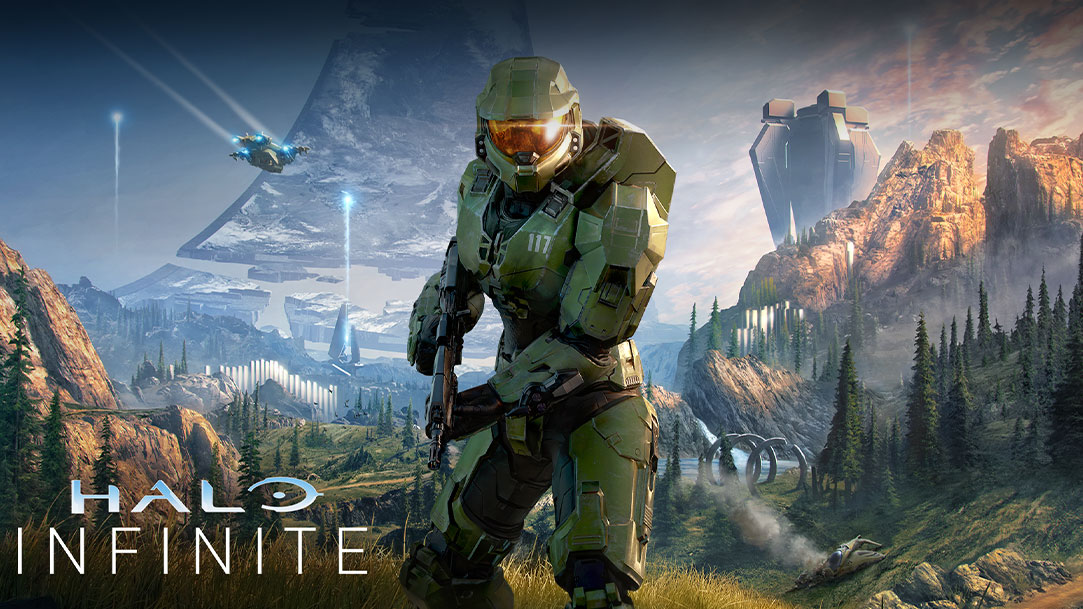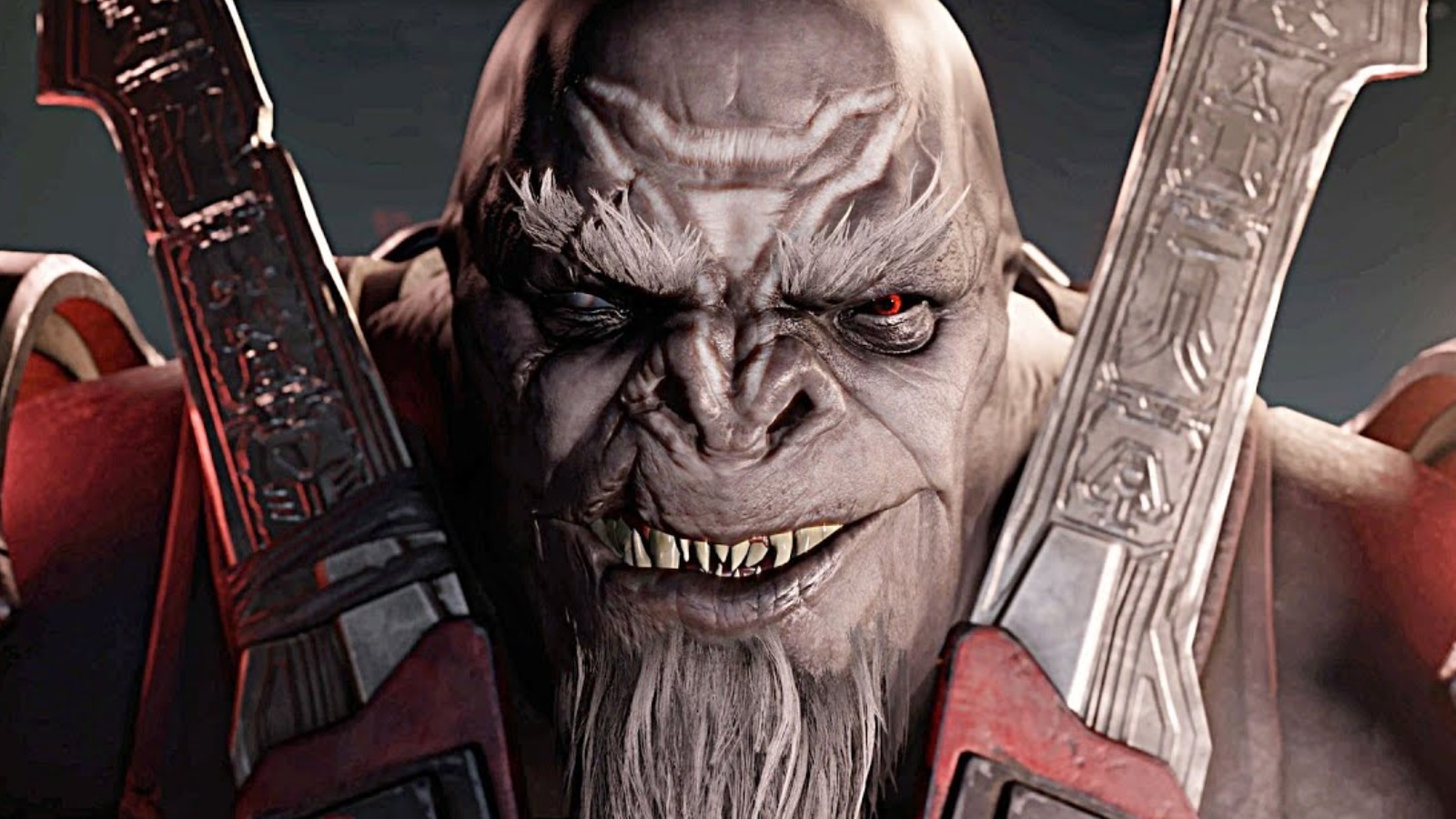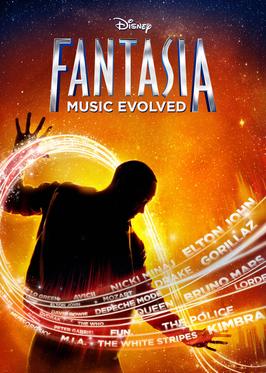From king of the world to a cog in the system, Play Nice blows open Blizzard's rise to fame and its fall from grace
Play Nice, the most recent book from renowned journalist Jason Schreier, says all in the title. The book follows the Blizzard from inception to acquisition to scandal. Though the future for the company is rather uncertain (what with the recent Xbox acquisition), the past holds a lot of dramatic development fuel (at least enough for an almost four-hundred-page book). Though I’ve never been a hardcore Blizzard fan, I’ve sunken many hours into Overwatch and was curious to see how some of their development choices unfolded. Instead, I got a whole lot more that I didn't know I wanted.
Schreier begins with Allen Adham and Mike Morhaime’s (Blizzard’s co-founders) initial foray into the industry and hits on every success, cancellation, and acquisition that comes their way. The industry darlings of the 90s continued to pump out hit after hit after hit. The Warcraft, Diablo, and Starcraft franchises were all massive successes, but the history behind each plays out here. For instance, the Diablo team was originally a separate studio that was brought into the company. Play Nice details how Blizzard’s primary Irvine offices contrasted with the Blizzard North, how the two companies’ ethos were at odds, in some cases, with their newly acquired brethren, and at other times in harmony.
Schreier, to his credit, paints this era of booze-fueled frat fantasy video game development in vivid detail, partly from his own description, but mostly from the quotations he managed to secure from the many past and present Blizzard employees. At times the book gets crass, though that is in line with the content being represented. Schreier’s commentary is often comical. At one point he references a past advertisement/mantra that came into being from a past World of Warcraft customer service call. In the background of the call, a man’s wife claims: “This game is why we don’t have sex anymore.”
But the book covers more than the early days. The transition from fraternity game developer to full-time publicly traded company brings with it many issues. Sometimes the dream of becoming big has an entirely different reality, and Schreier finds quotes to help nail that sentiment. The consistent rotating door of executives, owners, and employees left me (never mind the company) on unstable footing. So many names are introduced and quickly discarded that I had to do a double take (or at least flip a few pages back to see if I was still reading about the same person from a few pages ago). Schreier will build up an employee with a bit of backstory, and then not mention them for a while (or ever again), while others stay in the periphery, bouncing back into view every so often. It’s a bit disorienting, but completely understandable considering the company’s thirty-plus-year history of confusion, success, and most recently, scandal.
As someone who is opposed to CEOs making hundreds of times what their workers make, I found it tough to read about the disgusting practices carried out by Activision and Blizzard’s upper management. Developers found it difficult to live while their bosses made millions of dollars. While Schreier brings in voices from all tiers of development, the main focus, especially later on, comes from those affected by the poor policies implemented to ensure that Blizzard would become a profit-first company (as opposed to their initial player-first mentality). Arbitrary rules put in place would see employees compete in unhealthy ways to keep their jobs. Not to mention, all the time that Blizzard continued to put out hit games with commercial success (including in their early days), their staff was paid less than other studios. To work for Blizzard was its own sort of payment.
One of my main issues with the book is the inconsistent timeline. The book, overall, is chronological, following the earliest days of Blizzard to the recent Microsoft acquisition and layoffs. At some points, however, Schreier goes back in time to discuss other projects and put emphasis on things in a time that I thought I had already moved past. So, like with the many different employees that are mentioned and dropped, I found myself flipping back to make sure I knew where I was chronologically. Again, it's hard to fault Schreier for this, considering the studio had multiple projects in the works, and he tried his best to cover each with their own highlight. Despite some of the timelines coming into conflict, it’s digestible, even if I needed to take a few moments to review my notes. Minus some poor fool pressing Enter and starting a new paragraph instead of the space bar multiple times, another issue I have is how Schreier ends each chapter. Almost every chapter ends with what feels like a dun, dun, dun… To Be Continued. Look, I get it, but the content is interesting enough. It isn't necessary, and eventually comes off as unintentionally comical.
Discovering many of the intricacies of not only Blizzard, but Activision, Vivendi, and Davidson & Associates (Blizzard’s original parent company), and how the company and its parent companies work (or don't work) was incredibly insightful. The constant bureaucracy from Blizzard’s owners and eventual erosion of what made the studio unique and successful slowly begins to creep up on you as you read through the book, and it’s quite fascinating to see it unfold. From the sexual assault scandals to poor implementation of morale-destroying policy to leeching almost all creative juice from the teams in favor of profit, Play Nice covers one of most influential video game studios of all time with vivid clarity. Thanks to the many interviews Schreier conducted to make this book, it feels like a triumph for those poorly affected by ABK’s (Activision Blizzard King) harmful policy and in some cases inadequate response to employee grievances. While I think Schreier should have waited a bit longer to see how Microsoft and ABK’s merger plays out over a longer period, the content here is informative and reflective of an ever-changing industry. If one wants insight into how one of the most beloved developers in the world has become a shell of what it once was, this is the best way to do it.
Posted by: Joe DelFranco - Fiction writer and lover of most things video games. On most days you can find him writing at his favorite spot in the little state of Rhode Island.





























